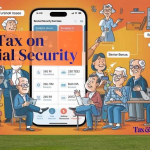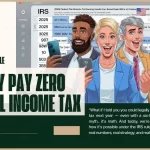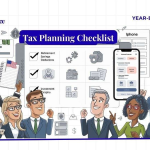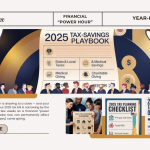As the year unfolds, taxpayers continually seek ways to reduce their tax liabilities and request higher discounts. Although many are recognisable with standard findings, hidden tax breaks can affect your tax situation. This article will jump into the lesser-known tax breaks that may save you enormously this year. Get prepared to open investment funds you didn’t know existed!
Learn more about tax breaks from the IRS.
1. Understanding Tax Breaks: What Are They and Why Do They Matter?
Sometime recently, we jumped into particular assessment breaks. Let’s begin by getting to know what assess breaks are. Charge breaks decrease the sum of assessable wages, bringing down the overall assessed obligation. These can be findings, credits, or exclusions to help you save cash. With appropriate information, you can take full advantage of these to minimize your assessment taxes.
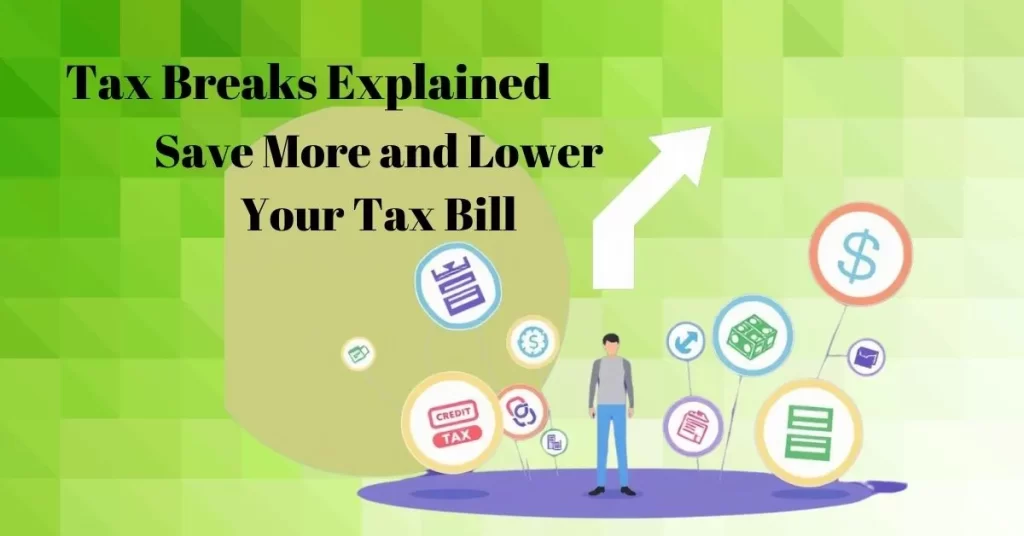
Also Read, Tax Hacks: Powerful Strategies High Earners Slash Tax Bill
Types of Tax Breaks
- Deductions: Reduce your taxable income. More details on IRS deductions are here.
- Credits: Directly lower/reduce the amount of tax you owe.
- Exemptions: Excludes certain types of income from taxation.
Thank you for reading this post, don't forget to subscribe!


